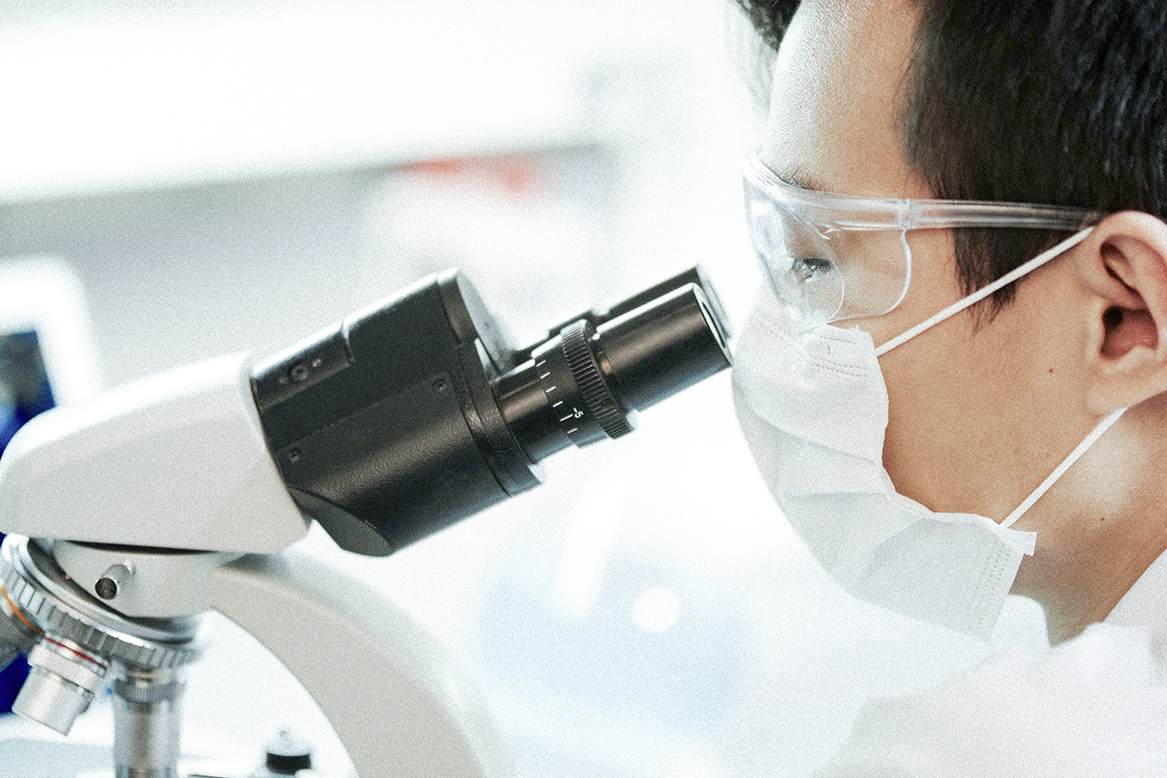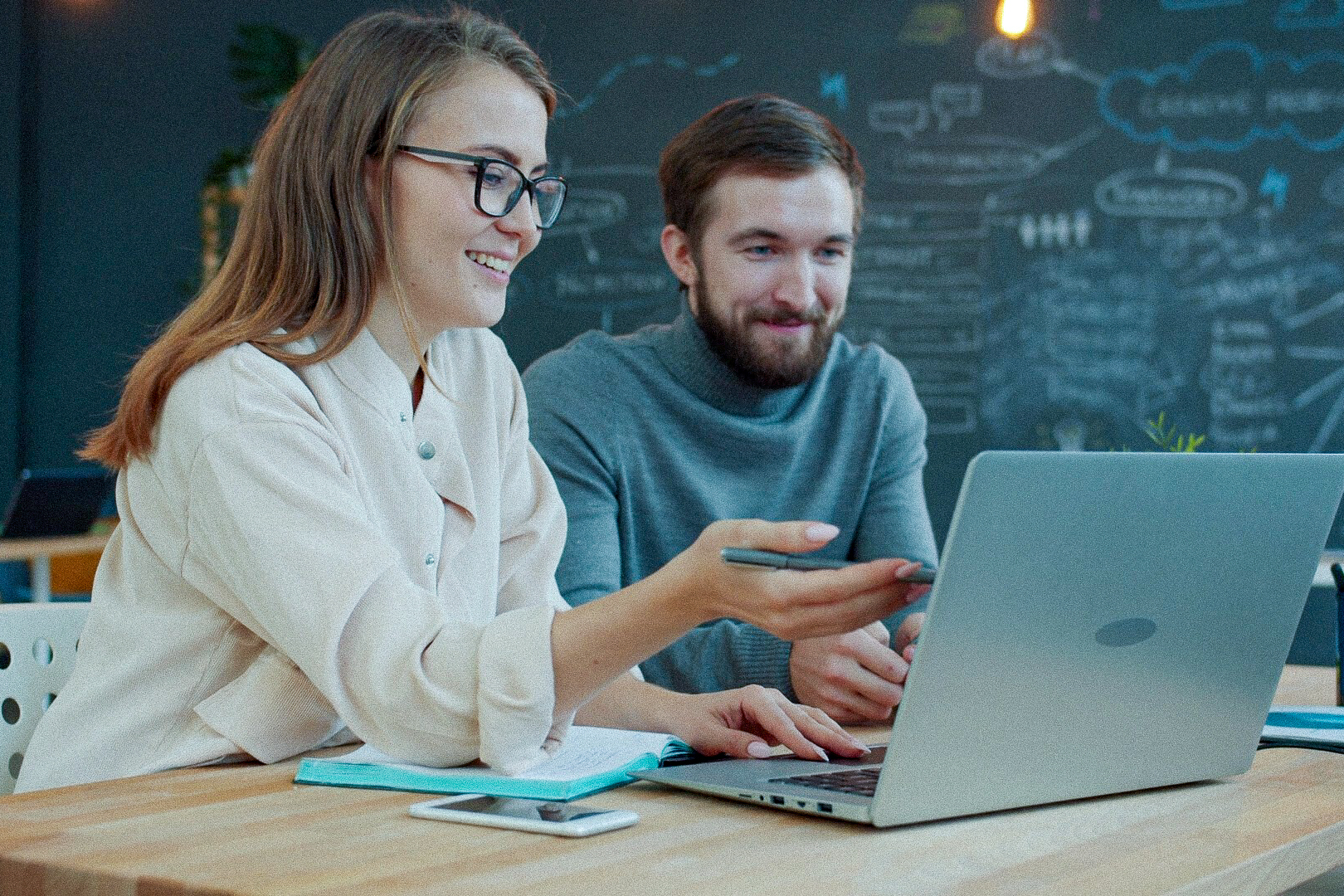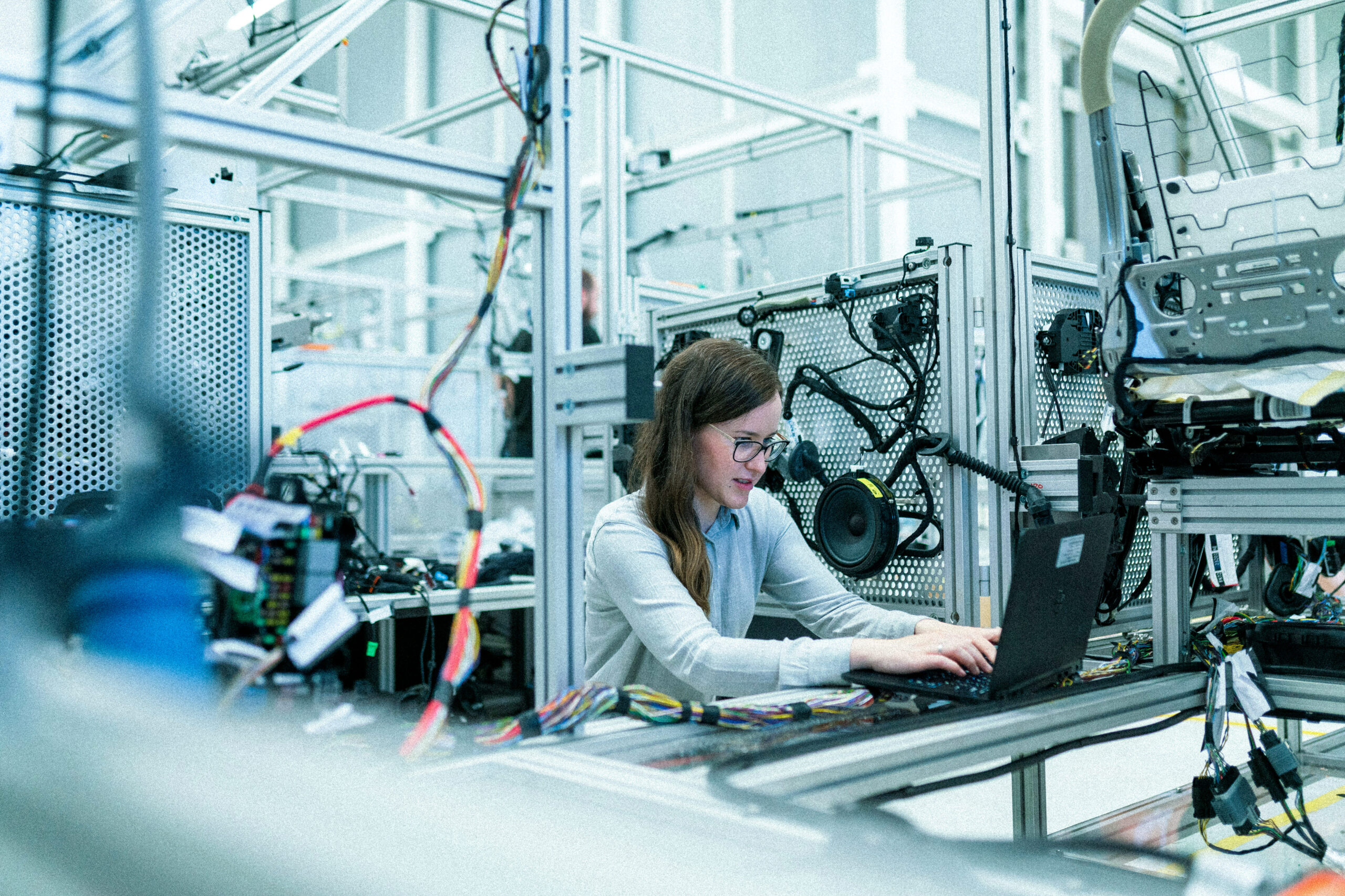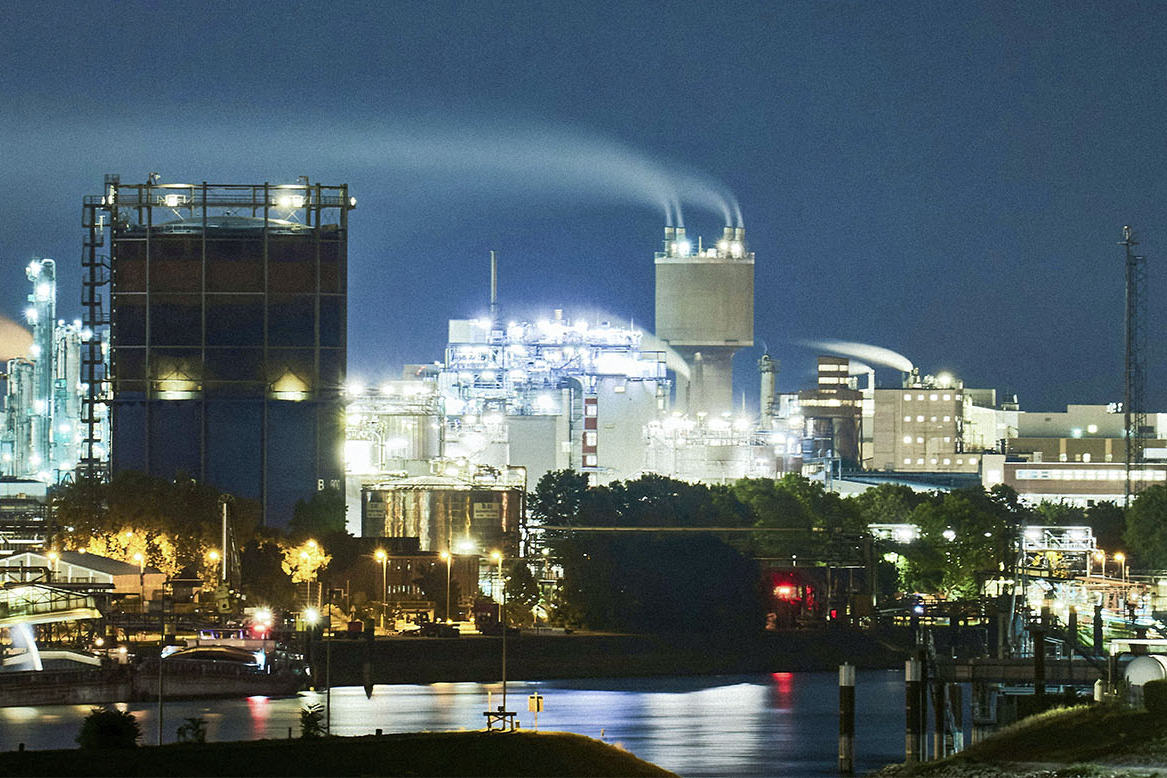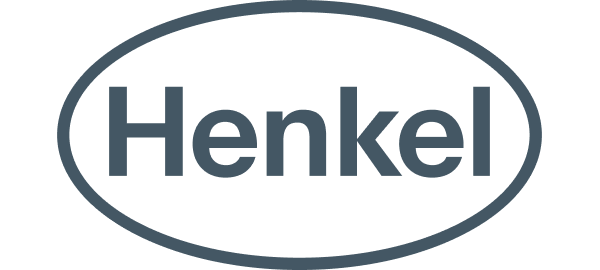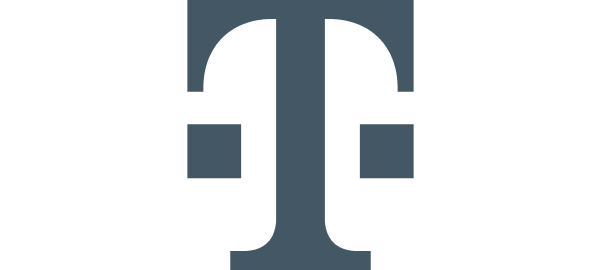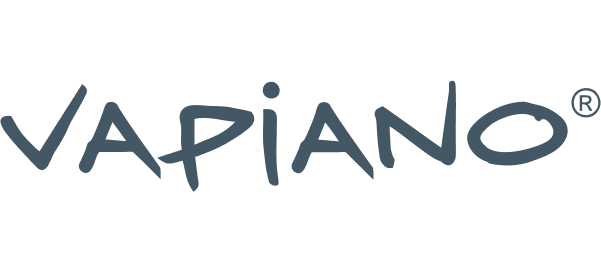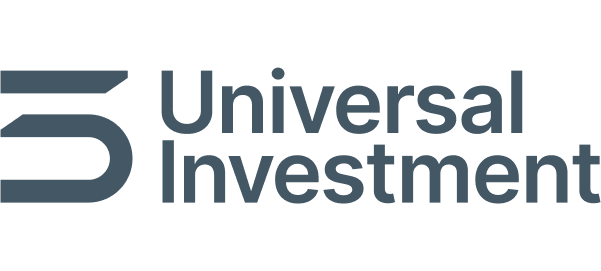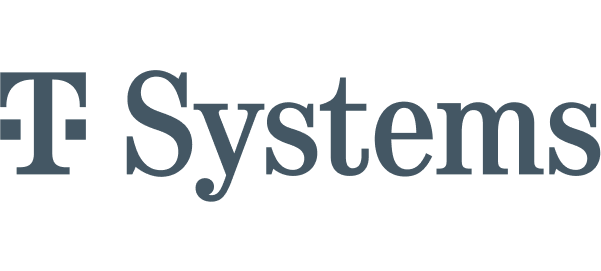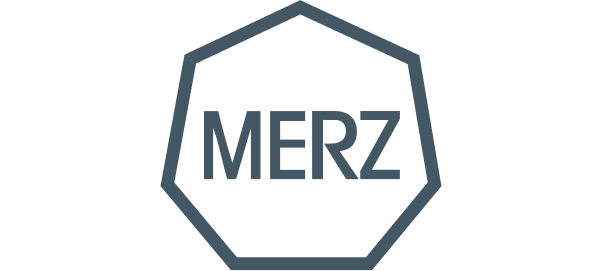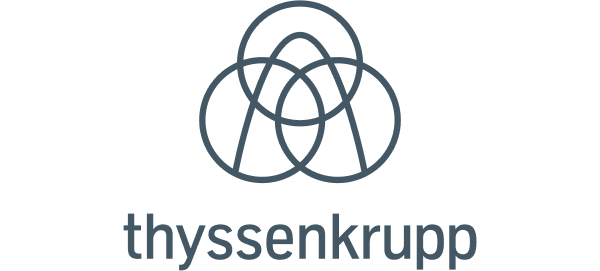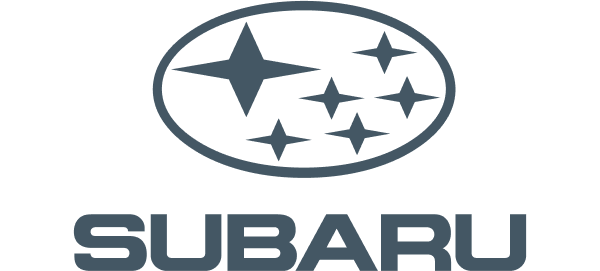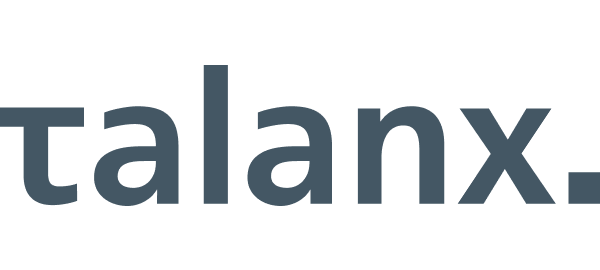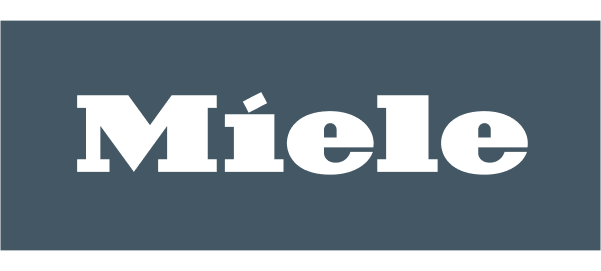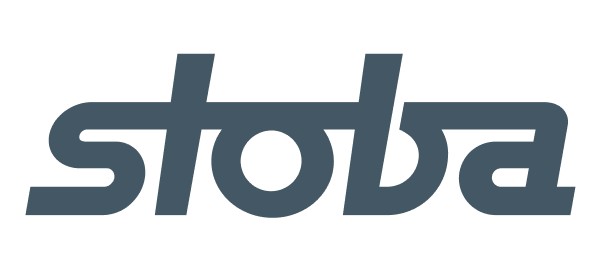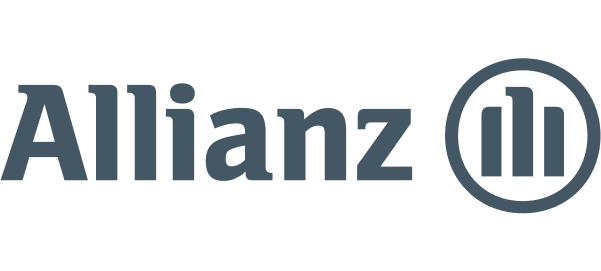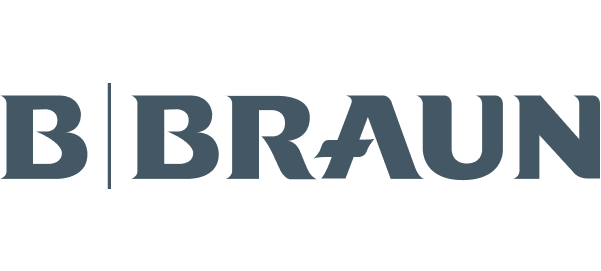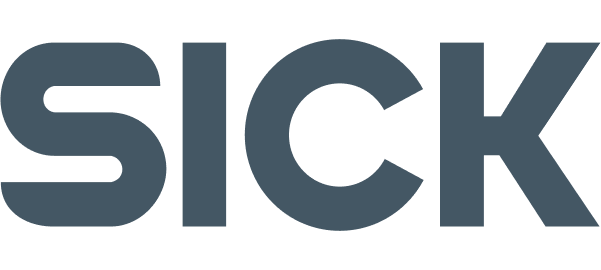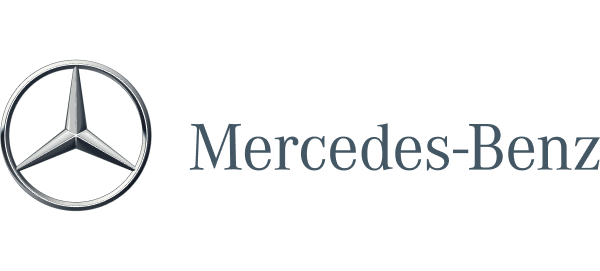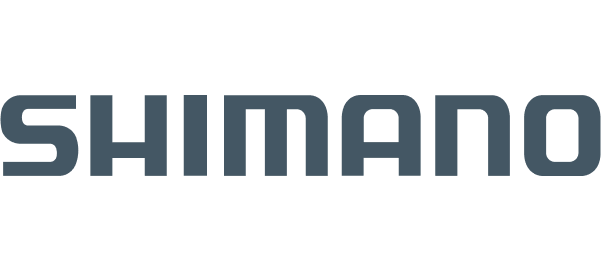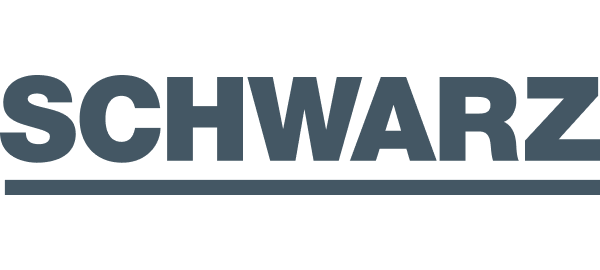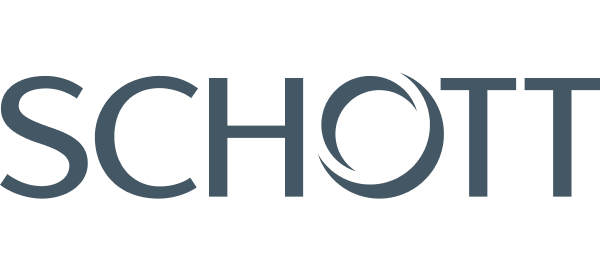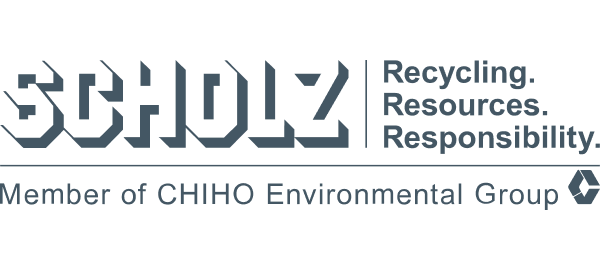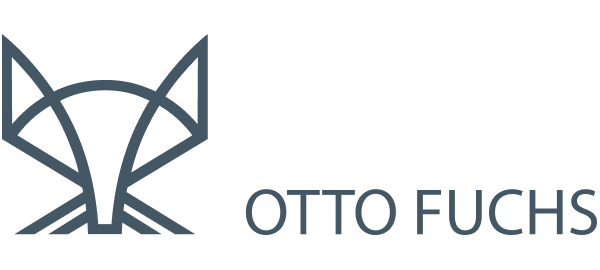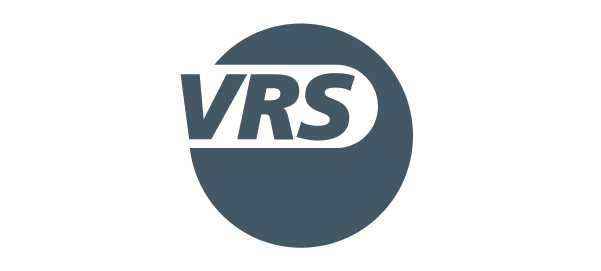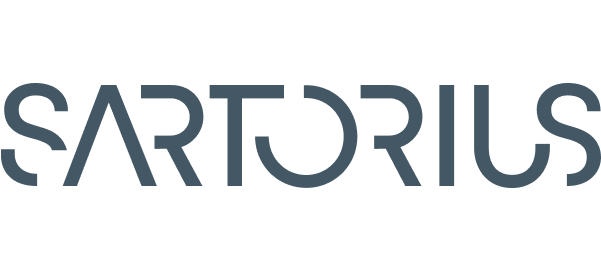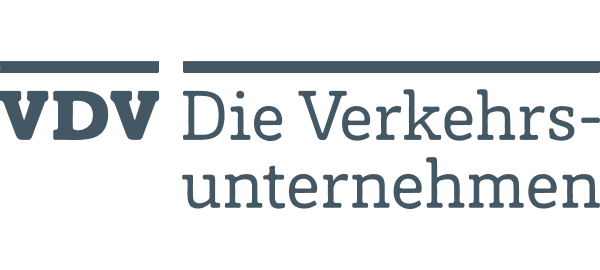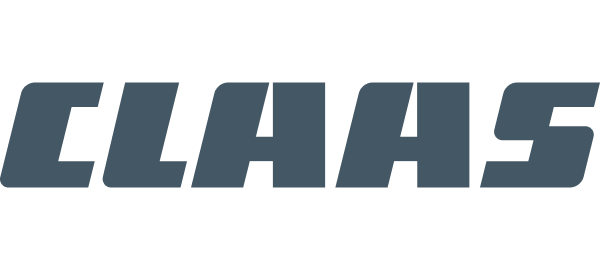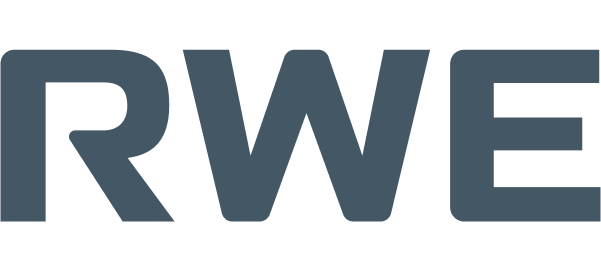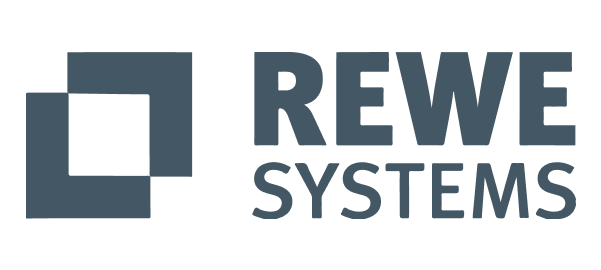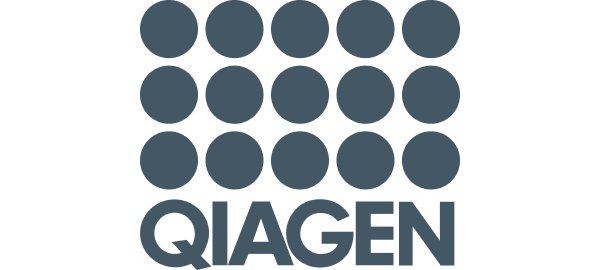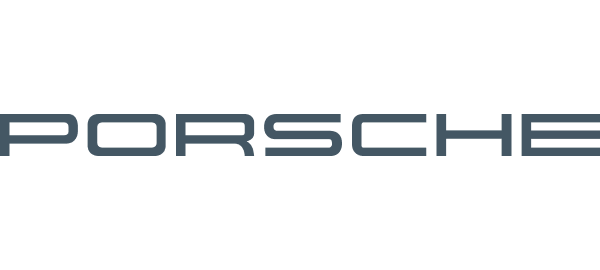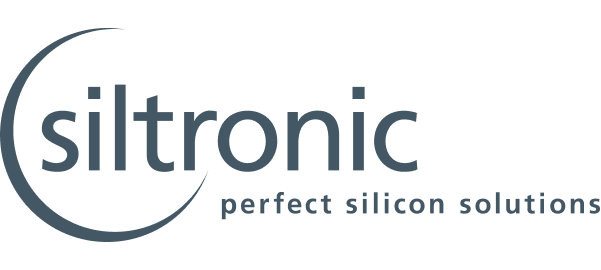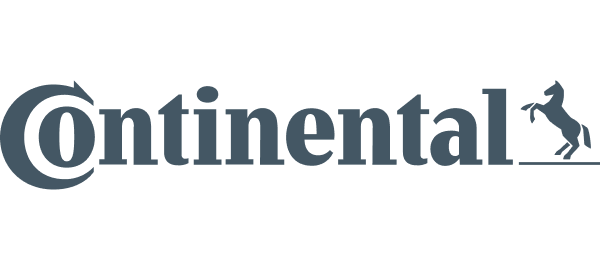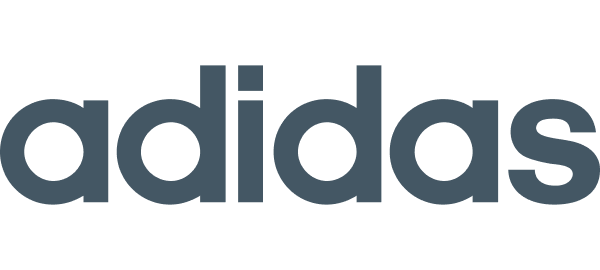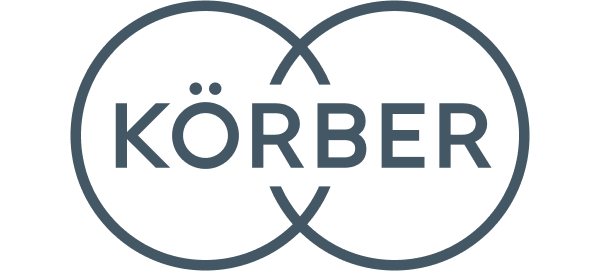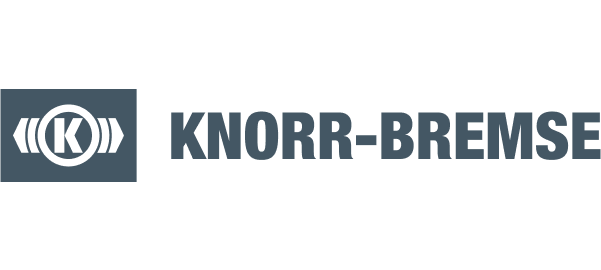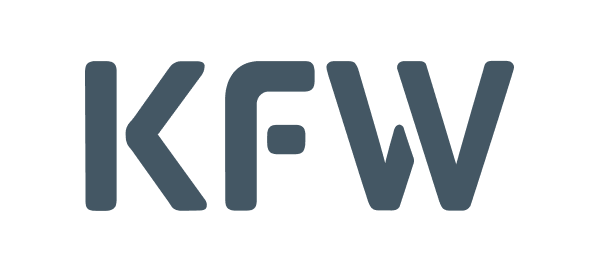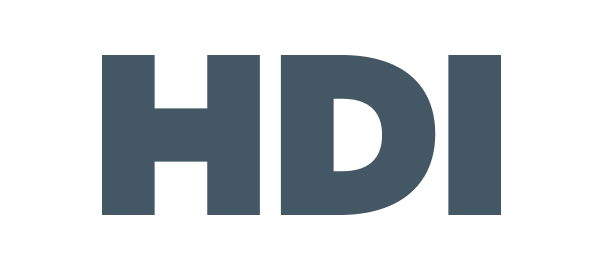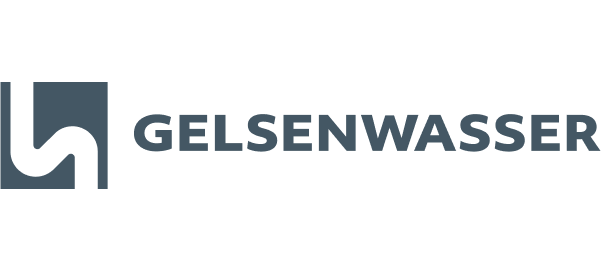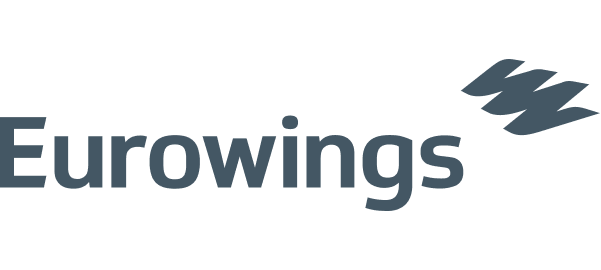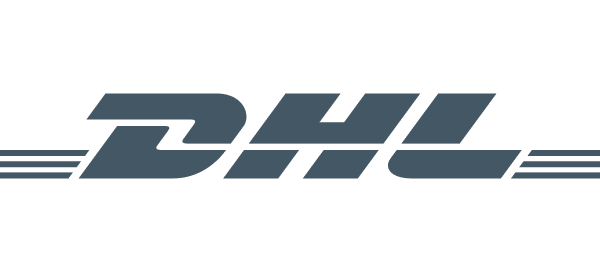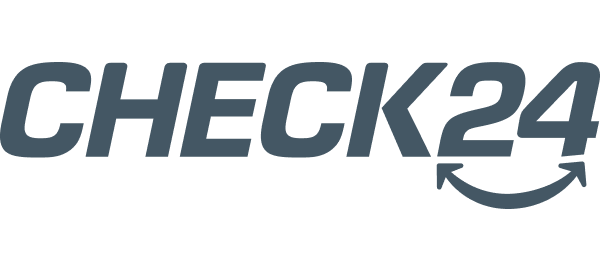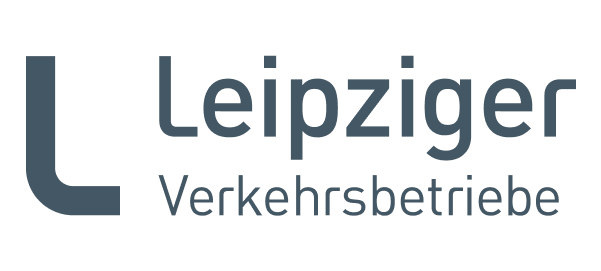Axium – Semantic AI as an Enterprise Asset
Axium is an engineered platform that turns fragmented data and knowledge into explainable, business-aligned decisions. Built for enterprises that demand speed, trust, and compliance, Axium accelerates their AI-driven transformation.
Proven Impact in Real-World Axium Deployments
10,000+
hours saved per year
by automating routine knowledge work
75%
faster decision-making
through semantic automation and real-time insights
65%
annual cost savings potential
by reducing inefficiencies and downtime
50%
fewer manual interventions,
freeing experts to focus on innovation
Axium Delivers Clarity, Speed, and Trust
- AI-Powered InsightsLiberate users from endless quests of information and knowledge retrieval queues. With it's powerful AI Agent, Axium delivers results in seconds instead of days. All answers are contextualized and include links to source material, ensuring accuracy and eliminating hallucinations. Axium is also MCP-enabled.
- Easy Semantic ModellingOptimized to make developing dynamic semantic models easy with Ontologies and Knowledge Graphs — seamlessly connected with your data sources. Promote collaboration among team members with different levels of expertise, fostering innovation and collective problem-solving.
- Improved Decision-MakingAxium improves the quality of decision-making by its model-first approach. It augments up-to-date information from various sources with unified semantic meanings. This ensures clarity and consistency, delivers insights you can trust.
- Secured EnvironmentAxium runs fully on your own Cloud infrastructure, so your data and your knowledge never leaves your environment. Users have only access to the data and information they truly need.




Understand Axium in 3 Minutes
With Axium, AI is no longer abstract. It’s embedded directly into your workflows to drive business growth. Discover how Axium leverages Semantic AI and ontologies for faster decisions.
Customer Success Stories
Proven Results from Real-World Projects
Reinventing Engineer Deployment Operation with AI
Manufacturing
MobiLab is the trusted partner of industry-leading companies for end-to-end, AI-powered Cloud Integration.

Enterprise-ready. Azure-native.

01 Reliable
Axium can integrate directly with a variety of Cloud and on-premises data sources without copying data around, including Databricks Unity Catalog, Microsoft Fabric, Azure SQL. Your data stays secure, and always up to date.
02 Scalable
Axium is fully native to Azure’s platform and infrastructure layers that’s ready to be scaled for any operation.
03 Versatile
Axium generates API schemas automatically, which can be used in high-code environments, in AI-powered frontends, and for external data-sharing. This reduces the backend development effort by up to 90%.
04 Simple
Axium is available on Azure Marketplace and easy to install. No complicated infrastructure setup or network configuration is needed.
Deploy Axium within your Microsoft environment
Built for Any Industry.Ready for Your Use Case.
Axium is a Semantic AI platform designed to accelerate enterprise transformation and scale AI use cases across industries. By combining 25+ industry-proven templates with deep technical and domain expertise, Axium empowers teams to turn data into action, operationalize AI, and deliver measurable business impact in record time.
Pricing
How agile is your sales network in executing your pricing strategy?
Logistics
What are the bottlenecks across your supply chain?
Build your use case
How to Get Started
From idea to a functional use case in just 2 days. MobiLab’s guided process gives your team hands-on experience with Axium’s data & AI capabilities - fast, collaborative, and outcome-driven.
Define a Use Case
Together, we identify a high-impact use case where Axium can deliver immediate value. You will get an overview about all needed requirements and details for the upcoming two-day onsite session.
Build Your Use Case
In just two days, we guide you through the process to build a fully functional Axium Proof-of-Concept (PoC) using your real data. Your team gains hands-on experience, sees measurable results, and learns how to expand Axium across additional use cases.
Explore Insights
Experience your first results directly with the Axium Explorer. This feature provides you an AI-powered, intuitive interface to explore data, discover insights, and share findings across your organization.
Ready to Start?
Contact us below to begin your Axium journey. We can also explore available Microsoft funding options for your PoC. Get your first use case live and prove the value of Axium in your organization.
Get in Touch
Every business is different. If you want to know how Axium can empower your team, connect with us and learn more.
Further Insights
Frequently Asked Questions (FAQ)
Axium can deliver transformative outcomes for your organization. Learn more about its capabilities, security and design principles, and extensibility to other environments.
01. Core Capabilities
Our customers tell us that Axium significantly enhances their bottom line by:
- Dramatically reducing operational inefficiencies caused by delayed access to expert knowledge and reliable business data.
- Saving up to 80% of the time and budget that they typically spend on developing custom BI, web, or GenAI applications.
- Eliminating inconsistencies in key business metric calculations, providing confidence in the accuracy and health of their critical operations.
And the best part? All of this is achieved without writing a single line of code.
Axium offers a modern experience for organizing your business data and making it ready for user exploration and analytics.
- Graphical semantic modeling: Your semantic model is the heart of your ontology—it defines how your users discover and explore your domain and interact with it. Semantic modeling is made simple in Axium and requires no specialized skills. Through an intuitive user interface, model any business process—from your business concepts and their attributes, their complex relationships and events, down to key metrics and KPIs. Right after you publish your model, several other features will be available to you and your users, listed below.
- Conversational search: Empower your users with a ChatGPT-like search experience tailored to your business data. Axium saves you from having to train AI models. It smartly uses your documented knowledge to retrieve and display relevant insights to your users.
- Collection views: Users can explore your data collections in a feature-rich interface. They can perform self-service analytics through various summarizations, visualizations, and drill-down experiences.
- Wiki pages: A wiki-like experience is available for your users, in which they can view a dedicated page for each data point. This page includes rich semantic descriptions and links to related data points from other data collections, enabling your users to gain knowledge on your data through a familiar web browsing experience.
- Interactive experience: Enable your users to fulfill workflows, exchange ideas, provide feedback, and even correct data discrepancies—all within the boundaries you define in your semantic model.
- Knowledge graphs: Discovering bottlenecks and recurring patterns in your processes becomes effortless through an interactive graph. Users can explore interconnected data points on a boundless canvas, revealing insights that can be used for cause-and-effect and what-is-whose analyses.
- BI schema: Want to extend your ontology model to other BI tools and SQL consumers? Axium allows you to transform your semantic model into a relational data model automatically.
- API schema: Empower your teams to develop custom frontends and GenAI applications, or integrate other systems with Axium through automatically generated and documented APIs.
Yes, you can have multiple environments in Axium, completely isolated from each other, by creating branches. There is no limit to the number of environments you can create.
Branching out to environments allows for:
- Agility: Quickly test and validate changes to your semantic models without impacting your live operations.
- Scenario planning: Simulate different scenarios in parallel environments with ease. Observe and compare the impacts of discrete events in different environments, such as how they would change your business KPIs.
- Acceptance testing: Perform user acceptance tests before rolling out your changes.
- Customizability: Implement custom rules and operations. For example, define a process for when and how to roll out your changes.
Yes, Axium provides you with comprehensive tools for modeling user interactions and capturing end user inputs in your ontology. This allows you to create bi-directional workflows and facilitate continuous sharing of expertise within your organization.
- Workflows: You can implement approval, feedback, or negotiation workflows.
- Target-setting: Users can set targets for their responsibility areas.
- Bottom-up validation: You can get feedback on feasibility of your top-down decisions from field users around the globe.
- Backward source integrations: You can ensure consistency by implementing backward integrations with your source systems and keeping them updated with the most recent user interactions in Axium.
02. Getting Started
If your organization uses mainstream Microsoft enterprise products, Axium will be a native and friendly member of your existing IT toolchain. All you need is a blank resource group in your Azure platform.
Axium uses the following main enterprise tools:
- Microsoft Azure as the cloud platform
- Microsoft Entra (formerly known as Azure Active Directory) for identity management and single sign-on
- GitHub for version control
Active involvement of subject matter experts is a key success factor in modeling, and this is best done through structured knowledge sharing activities. The time it takes to develop a correct semantic model depends on the effectiveness of these exchanges with business experts.
MobiLab can support you with effectively exploring and extracting your business semantics. We organize and host a set of structured interviews and design workshops at your preferred site, post-process all inputs, and produce a working semantic model with a high degree of fidelity. This takes only 1-2 weeks, depending on the complexity of your use case.
Contact us and learn more about our Professional Services.
You don’t need to prepare any data to begin modeling your ontology. Axium uses a model-first approach—meaning your first key activity is modeling, without focusing much on the shape, location or quality of your data.
When the first version of your model is ready, but your data is not, Axium can generate relevant sample data suitable to your industry and your semantics. This can be useful for:
- Validating your model
- Acceptance testing with your users
- Guiding your data engineers by sharing high-quality sample data with them
In parallel, our experts can support you with improving your data estate rapidly – in over a decade, MobiLab has supported many S&P 500 companies across industries in mission-critical data and analytics initiatives.
Contact us and learn more about our Professional Services.
Axium is flexible and works with various organizational setups, especially with data management best practices such as data mesh. Axium works specifically well in a mesh architecture, and strengthens it by:
- Graphical semantic modeling: Empowering data product owners and stewards to graphically model the domain semantics, while translating them to the same standard language.
- Seamless integration: Easily integrating the semantic layer with data products.
- Increasing accessibility: Making data products easily accessible and understandable in a user-friendly and AI-powered exploration interface.
- Extensibility: Consistently extending the availability of data products and semantic definitions to low-code, high-code and GenAI development environments.
These benefits promote distributed data product ownership while ensuring standardization of approaches and interoperability on the global level.
03. Security
Axium is a managed application. This means you install Axium within your own cloud environment, and it integrates with your existing security infrastructure and governance toolchain. This gives you full ownership of your data, networking, and security, and allows you to monitor them with the same tools you are used to.
Axium can work seamlessly in strictly private networks. On top of the security best practices baked into its design, you can apply custom security rules on it, in a similar manner with standard Azure resources.
We can support you in applying your own custom security policies through our Professional Services.
Your ontology is exclusively yours, combining your knowledge with your data:
- Knowledge: When you install Axium, you integrate it with a code repository of your own, and Axium stores your knowledge in this repository, within your own environment.
- Data: Axium retrieves the data that users need upon their request—you don’t need to copy or move it around. Your data stays in its current location and format, and you don’t need to ingest it to Axium.
Moreover, as a managed application, Axium runs completely within your own network.
User permissions within Axium are determined by the access rights established in the rest of your toolchain, including your access policies in your data sources. For example, if a user is restricted from seeing a certain part of data, the same restrictions apply in Axium.
Axium leverages Microsoft’s On-Behalf-Of (OBO) technology to ensure your data remains secured according to your governance policies. All existing policies in your toolchain are reinforced in Axium.
04. Extensibility
Porting metadata from other data catalogs is straight-forward, if the source system meets one of the following conditions:
- It supports export functionality in standard formats such as RDF, OWL, JSON, YAML or XML.
- It provides APIs compatible with Apache Atlas or other well-known formats.
- If your data catalog doesn’t support any of the above, MobiLab can provide you with Professional Services for building custom adaptors.
Hint: To shorten time to impact, we recommend narrowing down your modeling efforts to what matters most. For example, choose the business area that presents the biggest opportunity, and work backwards to the corresponding data (instead of spending time on tuning legacy metadata from all enterprise systems, which reduces your focus on the business impact).
Yes. You can easily publish your semantic model from Axium directly to a Microsoft Fabric Workspace, and consistently reuse it in as many Power BI dashboards and reports as necessary.
Other BI teams in your organization can reuse and build on top of your semantic model, which brings you the following benefits:
- It saves time, modeling efforts, and costs.
- It enhances the correctness and consistency of your analytical methods and KPI calculations.
Yes, Axium integrate smoothly with both of these products. You can integrate them in seconds and immediately model and visualize your data in Axium.
These tools are not a hard requirement for using Axium. You can integrate Axium with the data catalog of your choice. Nevertheless the integration with Microsoft Fabric or Databricks Unity Catalog is very straight-forward in Axium and can be done with a few clicks.
Yes. Axium generates a documented API schema for your domain, which can be used for retrieving not only your domain data, but also your semantic descriptions. Developers of custom solutions can reuse these APIs, instead of implementing custom backends or repeating your modeling activities.
These APIs can help development teams save up to 80% of their time and budget and have a jump-start in developing custom frontends and GenAI applications or integrating various systems, while following and reusing your semantic definitions and rules.
Yes. Axium can publish data products back to your preferred locations on your data catalog. Data scientists, engineers, SQL developers and similar personas can directly reuse your models in their SQL environments, empowering you to centrally govern how your data is being used.
Axium is compatible with the OWL vocabulary. You can easily import ontologies defined in Protégé or other OWL-compatible tools and extend them in Axium.
Contact us to learn how our Professional Services can accelerate porting of your existing vocabularies.
Axium uses universally accepted knowledge notation languages such as RDF and JsonLD to transform your knowledge into code, and then store it in a code repository of your own. You can easily import this code to other specialized tools to inspect it and visualize it. For example, for advanced knowledge engineering use cases, you can import and explore your ontology in an OWL browser.
Using a standard, non-proprietary language brings the following benefits for your organization:
- Consistency: Different domains in your organization use the same building blocks for modeling various business domains.
- Interoperability: It is possible to import external vocabularies and semantic models from adjacent business domains.
- Persistence: Your knowledge becomes a durable digital asset – independent from Axium.
- Zero lock-in: You can reuse and port your knowledge in other computer systems.
Best time to start is now.Let's go forward together!

